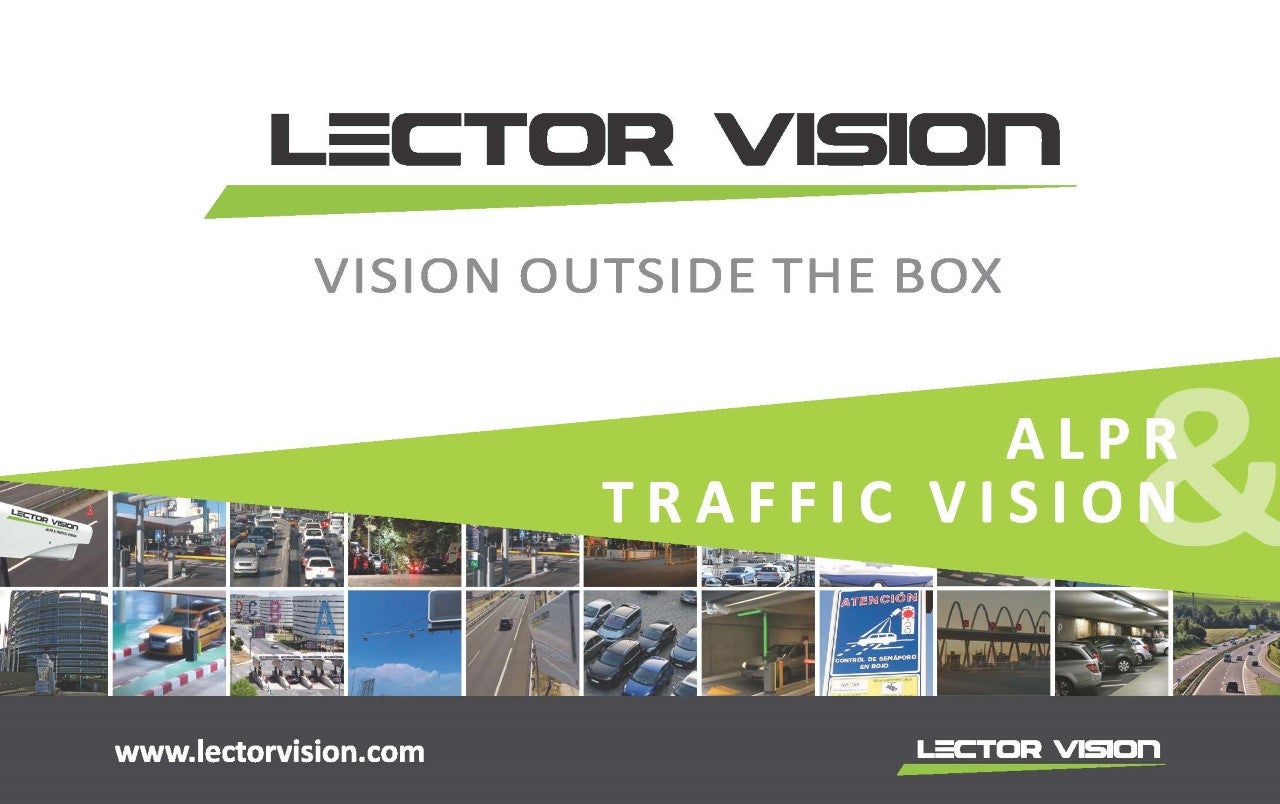Today’s world is undergoing unprecedented change thanks to a common disruptor: technology. In this context of rapid evolution, an important area of technological development is that of trying to imitate the processing of human thought, giving rise to what is commonly known as Artificial Intelligence. Two fundamental challenges arise in this field: the structuring of autonomous learning and the acquisition and processing of both structured and unstructured data. In particular, the human brain’s ability to obtain images, process them, cover spaces and interpret, in other words to see, is one of the most complex.
Artificial Vision is, strictly speaking, the branch of application of Artificial Intelligence that, using an image obtained by a capture device, such as a camera, processes and analyses it; detecting faults, identifying elements, contextualising environments and, in short, drawing conclusions. The image obtained can be static or dynamic, in which case they are treated as a set of static images and analysed individually as a sequence. This processing allows decision-making based on visual observation, a capacity until now confined to human beings.
Several factors have contributed to Artificial Vision undergoing an exponential evolution, which has become an important part of the digital transformation of various sectors.
The rapid evolution of hardware has allowed access to devices with greater computing capacity, better specifications, smaller size and lower power consumption, allowing the implementation of solutions not possible or not very viable until now.
Within the field of cameras, sensors have also improved specifications such as resolution, accuracy and speed of response, as well as increasing their control over environmental factors and their adaptability to them, such as adjustment to the amount of light. However, the cost of some devices has led to cheaper and more flexible alternatives being explored, boosting the development of Artificial Vision techniques in digital imaging.
The processing capacity of devices, reinforced by new algorithms, has evolved, giving rise to more complex methods such as Machine Learning or Deep Learning, with greater capabilities and enhanced features.
Smart Traffic Manager Suite (STMS)
It is in this context that Lector Vision’s Smart Traffic Manager Suite (STMS) has been developed. This is a unique all-in-one automatic vehicle recognition system. STMS is comprised of advanced traffic sensors based on artificial vision and a control centre that allows the analysis of data in real time.
Smart Traffic Manager Suite (STMS) incorporates innovative technologies such as Big Data, Deep Learning and Neural Networks with various artificial vision solutions applied to traffic and mobility, giving rise to a system that responds to a real market need associated with the Smart City concept and integrated traffic management.
Lector Vision’s Smart Traffic Manager Suite (STMS) solution consists of the combination of the ASMPTS sensor with the STCC software.
Advanced Smart Multi-Purpose Traffic Sensor (ASMPTS)
ASMPTS is an advanced traffic sensor that combines radically innovative technologies based on the latest generation of artificial vision devices.
The device developed by Lector Vision integrates multiple functionalities such as number plate reading, detection of vehicles without number plates, instantaneous speed measurement, recognition of the type of vehicle, its make, model and colour or the delimitation of areas of interest. In addition, it incorporates ‘fingerprint’ technology which, using information other than the number plate, is able to associate each vehicle with identifying characteristics that make it unique.
The incorporation of these advances in convolutional neural networks and capsule networks into artificial vision software gives it a significant qualitative edge over other solutions on the market.
The hardware consists of two synchronised image sensors, an industrial processing unit and a communications system.
Smart Traffic Command Centre
This is traffic control centre software that allows all the information generated by the sensors to be gathered and pro-actively managed, applying advanced processing techniques that allow active, real-time control of the environment.
This system obtains multiple data such as traffic flows, average or instantaneous speed and disruptions, allowing incidents to be detected in real time, alerts to be generated, models created and early actions to be carried out automatically. Big Data, Machine Learning and Data Mining techniques also allow predictive analysis of the different variables.
Lector Vision, with its Smart Traffic Manager Suite (STMS), stands out as one of the most advanced systems on the market for capturing information through artificial vision and exploiting data.
Please fill out the enquiry form to request further information.











